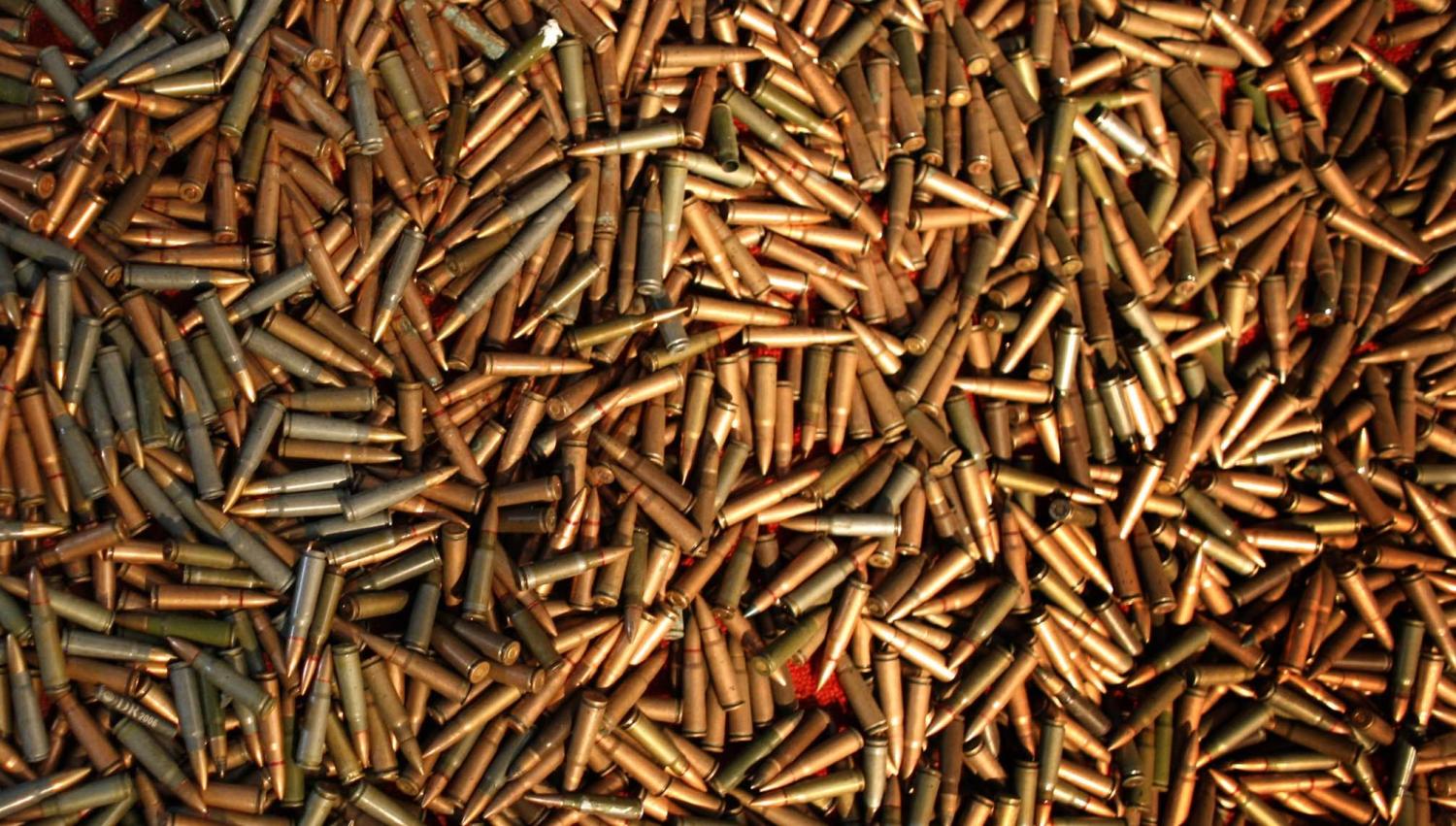Australia’s new defence export strategy is one of many indicators that the government is losing interest in fulfilling its commitments under the previously celebrated Arms Trade Treaty (ATT).
The new defence export strategy calls for an increase in defence exports from $2 billion to more than $4.8 billion annually, moving Australia from 20th position into the top ten global defence exporters. The strategy says the expansion will involve a “transparent approach” to balancing the challenges of defence exports.
Christopher Pyne, Minister for Defence Industry, has said “no equipment or platforms will be sold to any country unless the most stringent requirements are put in place through the permits process”. But the Australian Government is not currently meeting the international obligations for defence exports, and there is no indication that systems will improve under the new strategy.
Australia was instrumental in the drafting and negotiation of the Arms Trade Treaty (ATT) which controls the sale of conventional weapons. We were one of seven UN Member States who co-sponsored the General Assembly resolution requesting the treaty, and presided over the final negotiations.
Australia ratified the ATT on 3 June 2014, and Foreign Minister Julie Bishop made arms control the centrepiece of her time as president of the Security Council. At the time of ratification, Bishop said:
This major foreign policy achievement for Australia reflects strong recognition of the need to better regulate the conventional arms trade and to reduce the impact of armed violence on communities around the world.
No new legislation was introduced in the ratification because it was thought the existing policy framework met all of the treaty’s needs.
States parties* to the ATT are required to submit annual reports on authorised and actual transfers, their quantity and/or value, as well as the final importing state (or, in the case of imports, the exporting state).
The treaty also requires that all arms transfers are assessed, and authorised, on the likelihood of their being used in gross breaches of human rights, or in violence against women. The provision on gender-based violence was established after Australia’s National Action Plan on Women, Peace and Security 2012–18; however, the issue was raised at several of the Annual Civil Society Dialogues on Women, Peace and Security and should have been tended to in Defence’s implementation of the National Action Plan. It must now be included in the next National Action Plan, due for development this year.
Since April 2016, on behalf of the Minister, Defence has authorised four transfers of conventional weapons to Saudi Arabia. These authorisations were made not only at a time when Saudi Arabia’s human rights record was at an all-time low, but also as the kingdom waged a war in Yemen and maintained a blockade that prevented the arrival of food, fuel, medicine, and humanitarian supplies, creating the “world’s worst humanitarian crisis”. By December last year, 10,000 civilians had been killed in bombing, an average of five children had been killed or injured by the violence each day, and millions were affected by school closures.
When questioned during Senate Estimates about these transfers, Defence officials refused to identify the criteria for authorising defence exports. Nonetheless, those exports to Saudi Arabia presumably accounted for at least some of the sharp spike in defence exports in 2016.
While Pyne’s visit to Saudi Arabia in November 2017 received some press attention, that trip also included a visit to increasingly authoritarian Poland. While there, Pyne said he would “discuss Poland’s extensive military modernisation program and the opportunities for Australian defence companies to export capability”.
Pyne has defended the new defence export strategy as focusing on trade with trusted military allies. But he has also explained that the new Export Finance and Insurance Corporation (EFIC) developed as part of the strategy will be able to provide finance options “in markets like the Middle East and Asia – where banks are not as enthusiastic to have loan facilities”. EFIC is the mechanism for distributing the announced $4.8 billion, but the markets Pyne describes are exactly the markets weapons should not be sold in.
Increasing arms sales to countries with records of human rights and gender-based violence is not in the spirit of the ATT. Indeed, at the time of writing, DFAT’s web page for the ATT was entirely blank. Even if increasing defence exports is required to meet Australia’s strategic defence needs, the exports must be undertaken in a transparent fashion, in accordance with international law. Indeed, the time is nigh for a parliamentary inquiry into Australia’s implementation of the ATT.
As Bishop said, “illegally traded conventional weapons are one of the world’s biggest killers, claiming more than half a million victims every year”. But there is no point in merely swapping illegally traded weapons for legally traded weapons. Bishop has herself noted that experience in our own neighbourhood, such as in Bougainville in the 1980s and the Solomon Islands in the 1990s, shows how destabilising the introduction of even small numbers of weapons can be.
* A previous version of this article stated that “signatories” to the ATT are required to submit annual reports and that “a recent Freedom of Information request has shown that the department responsible for authorising arms transfers has produced no such annual reports.” The Department of Foreign Affairs and Trade produced the reports for 2015 and 2016 and are available from the secretariat of the ATT.

